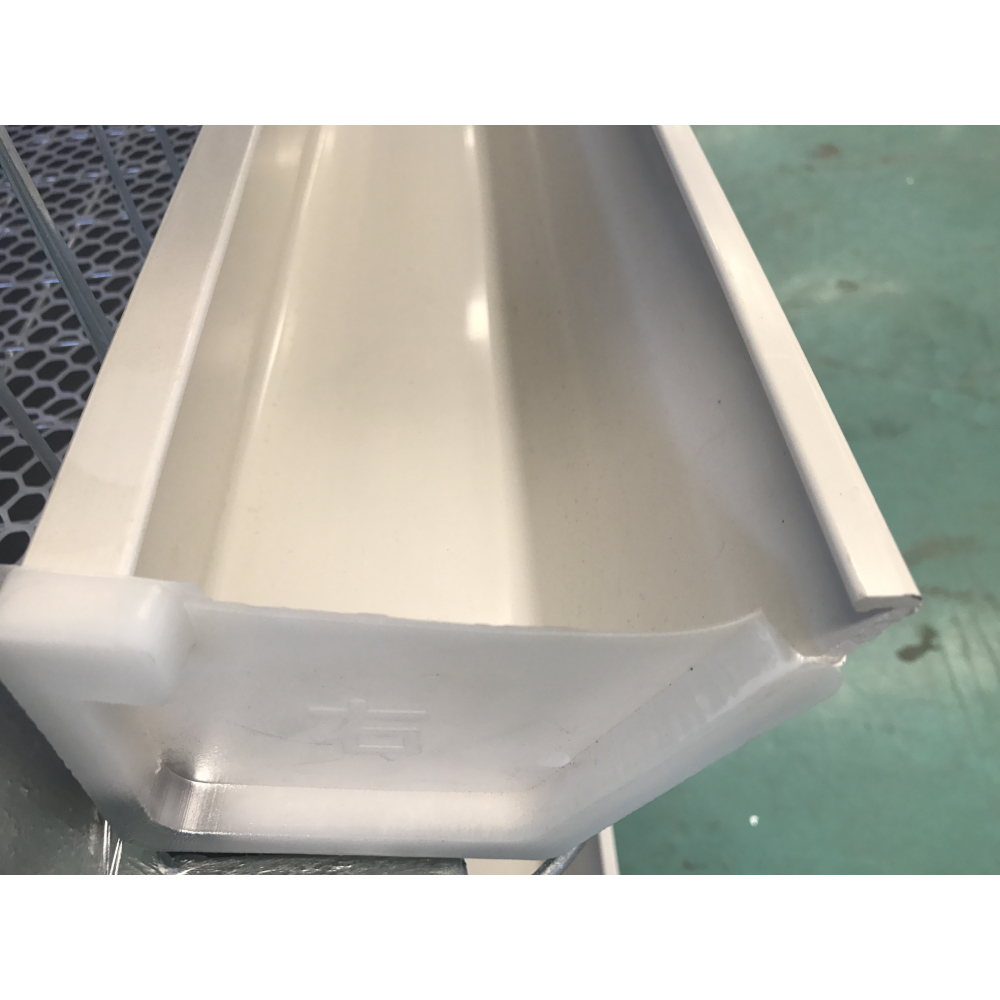a cozy shelter for happy and healthy pigs in a safe environment
Aug . 13, 2024 12:03 Back to list
a cozy shelter for happy and healthy pigs in a safe environment
A Pen for Pigs The Importance of Proper Housing for Swine
In the realm of livestock farming, pigs hold a prominent place due to their efficient conversion of feed into high-quality meat. As farmers strive to maximize their productivity, the importance of a well-constructed pen for pigs cannot be overstated. Providing a suitable environment not only meets the animals' basic needs but also promotes their health, well-being, and productivity.
A pig pen is more than just a structure; it is a sanctuary that protects animals from the elements, prevents overcrowding, and offers a space for natural behaviors. To begin with, a good pen should provide sufficient space for each pig. Pigs are social animals that thrive when they can interact with one another, yet they also require their own space to establish hierarchies and avoid conflict. A typical guideline for space is around 20 square feet per pig, but this can vary depending on the size and breed of the animals.
A Pen for Pigs The Importance of Proper Housing for Swine
Another critical aspect of pig housing is sanitation. Pigs can be susceptible to various diseases, and a clean environment is vital for preventing the spread of pathogens. The pen should have a design that allows for easy cleaning and waste management. Slatted floors, for instance, can help by allowing manure to fall through and reducing contact between the pigs and their waste. Regular cleaning and disinfection should be part of a routine to maintain a healthy living space.
a pen for pigs

Additionally, enrichment within the pen can significantly enhance the welfare of pigs. While pigs are often portrayed as dirty animals, they are actually quite intelligent and enjoy stimulating environments. Providing toys, rooting materials, and platforms can encourage natural behaviors such as foraging, digging, and climbing. These activities are not only beneficial for their physical health but also alleviate boredom and reduce stress.
Moreover, the placement of feeding and watering stations is crucial in a pig pen. These resources should be easily accessible, preventing competition and ensuring that all pigs have adequate access to food and water. Automatic feeders and waterers can be particularly useful in larger operations, reducing labor while ensuring high standards of welfare.
Lastly, the pen should be designed with safety in mind. Pigs can be assertive animals, and pens should include secure fencing to prevent escapes and protect the animals from predators. The materials used in construction should be durable, non-toxic, and easy on the animals to minimize the risk of injury.
In conclusion, a pen for pigs is a multi-faceted investment that directly influences the health and productivity of these animals. By prioritizing space, ventilation, sanitation, enrichment, resource accessibility, and safety, farmers can create an optimal environment that not only fosters growth and well-being but also contributes to the overall sustainability of their farming operations. As awareness of animal welfare continues to grow, the establishment of proper housing for pigs stands as a testament to the ethical treatment of livestock and the pursuit of agricultural excellence.
-
Hot Sale 24 & 18 Door Rabbit Cages - Premium Breeding Solutions
NewsJul.25,2025
-
Automatic Feeding Line System Pan Feeder Nipple Drinker - Anping County Yize Metal Products Co., Ltd.
NewsJul.21,2025
-
Automatic Feeding Line System Pan Feeder Nipple Drinker - Anping County Yize Metal Products Co., Ltd.
NewsJul.21,2025
-
Automatic Feeding Line System - Anping Yize | Precision & Nipple
NewsJul.21,2025
-
Automatic Feeding Line System - Anping Yize | Precision & Nipple
NewsJul.21,2025
-
Automatic Feeding Line System-Anping County Yize Metal Products Co., Ltd.|Efficient Feed Distribution&Customized Animal Farming Solutions
NewsJul.21,2025






